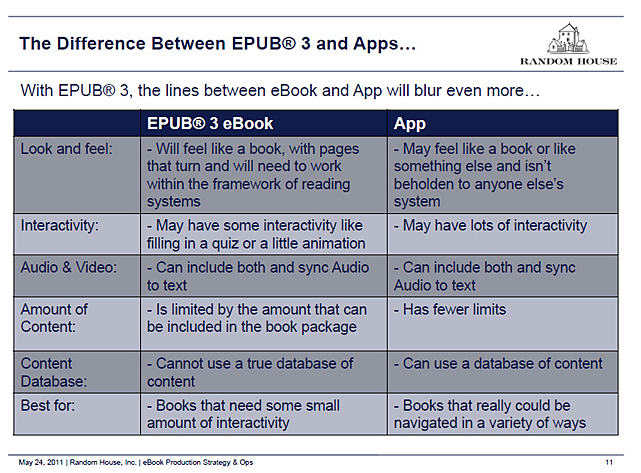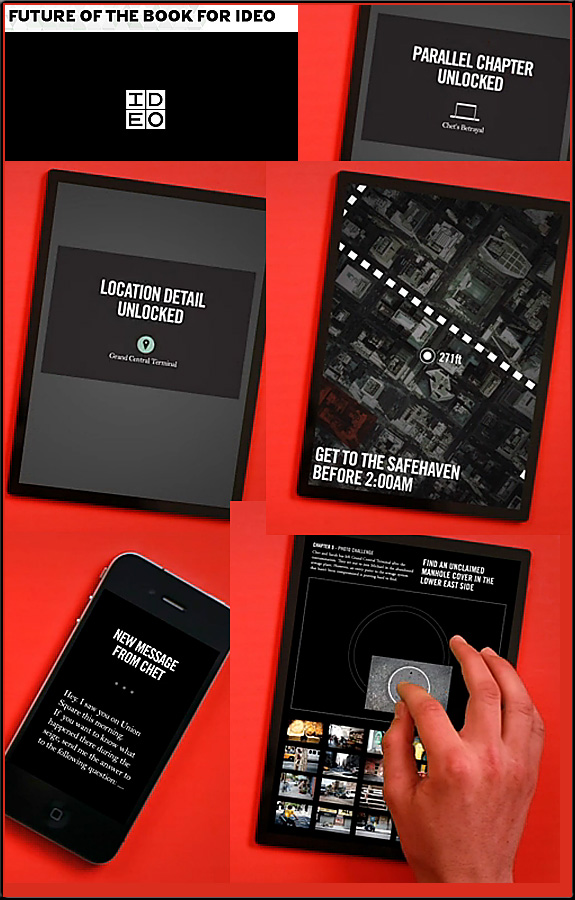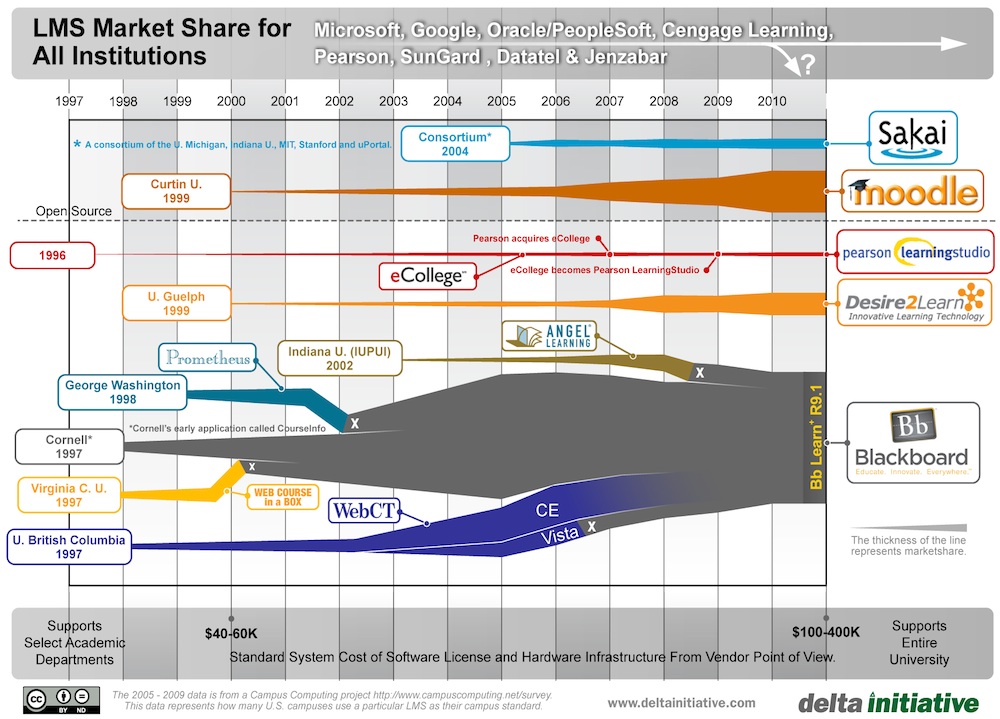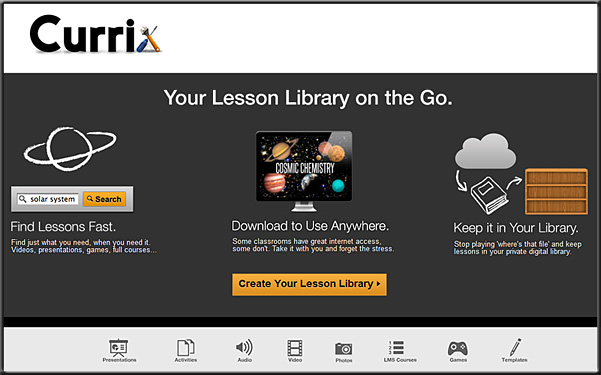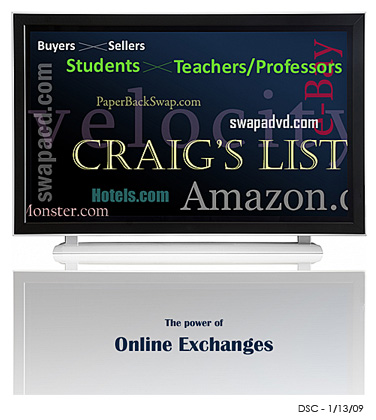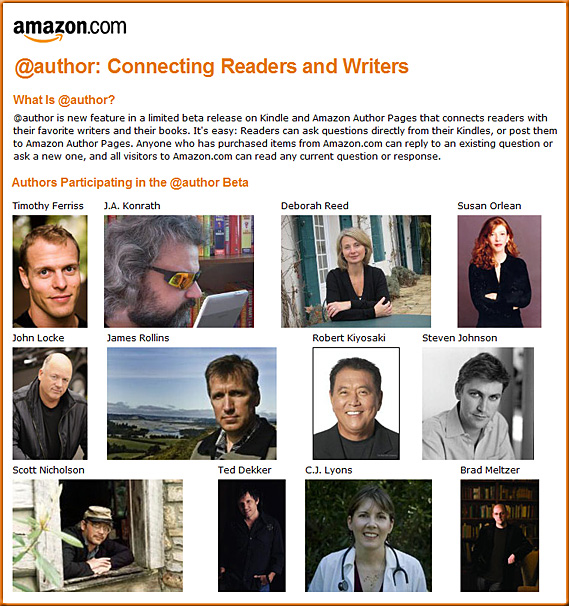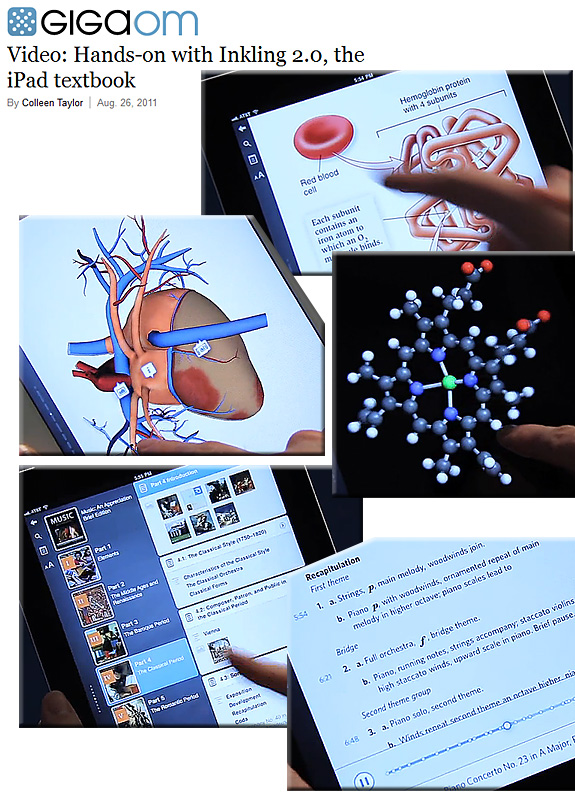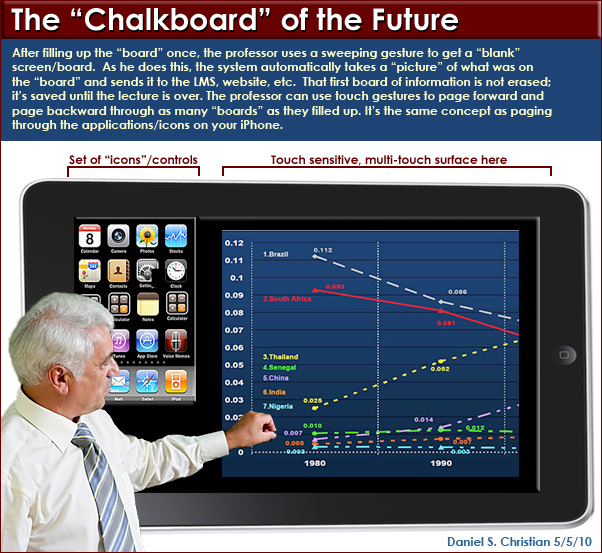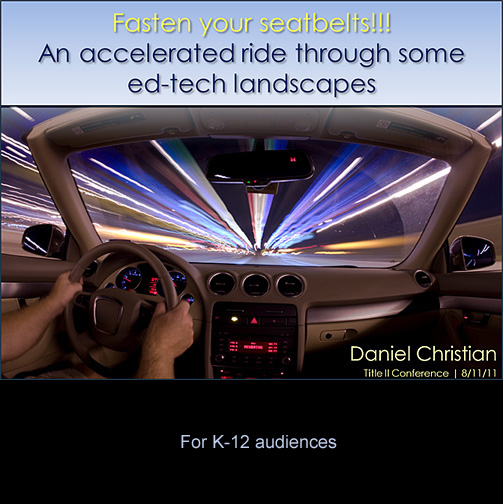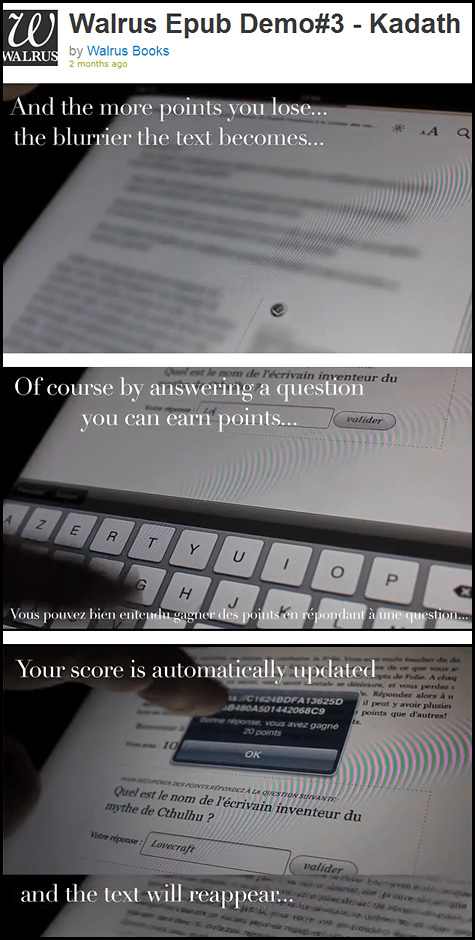Pearson acquires Connections Education
Gains leading position in fast-growing market for virtual schools
Excerpt:
(PRWEB) September 15, 2011
Pearson, the world’s leading learning company, [announced on 9/15/11] the acquisition of Connections Education from an investor group led by Apollo Management, L.P.
Through its Connections Academy business, the company operates online or ‘virtual’ public schools in 21 states in the US—serving more than 40,000 students in the current school year. These virtual charter schools are accredited and funded by the relevant state and are free to parents and students who choose a virtual school in place of a traditional public institution or other schooling options.
Virtual schools serve a diverse population of students including those who may be gifted, struggling, pursuing careers in sports or the arts, in need of scheduling flexibility, or who have chosen home schooling. It is a large and rapidly-growing segment in US K-12 education: in 2010, 48 states and Washington, D.C. had virtual school programs and 27 states allowed virtual charter schools. Approximately 200,000 students attended full-time online courses and an estimated 1.5 million students took one or more courses online. (Source: Keeping Pace with K-12 Online Learning, 2010, Evergreen Education Group).










